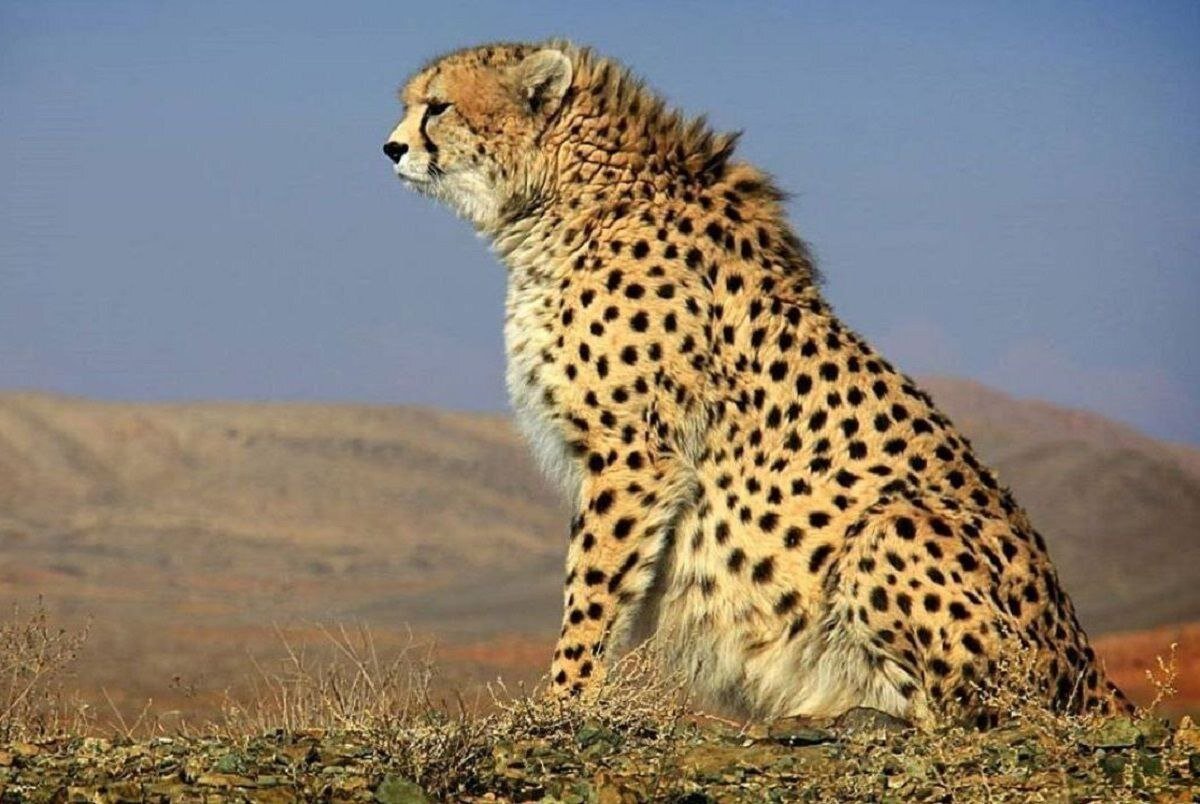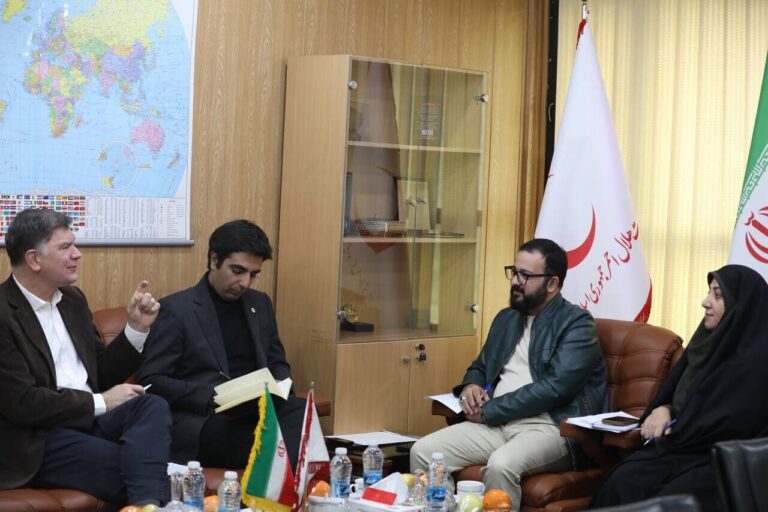Cheetahs at a Crossroads: Racing Against Extinction or Running Towards Survival?
As the number of Asiatic cheetahs dwindles to an alarming less than 30 individuals in Iran, the head of the Department of Environment (DOE), Shina Ansari, has voiced both hope and concern regarding the future of this endangered species. These magnificent creatures are being pushed to the brink of extinction, and their plight is seen as a reflection of the broader environmental challenges facing Iran.
Ansari stated, “The extinction of the world’s rarest cat has become a symbol of our challenges and responsibilities towards Iran’s nature,” as reported by IRIB. This statement highlights the urgent need for action to preserve not just the cheetah, but the ecosystem it represents.
The Asiatic cheetah once roamed across vast plains from West Asia to India. Today, however, it is confined to Iran, where its population has plummeted due to various human-related factors. “Since 2001, around 85 cheetahs have died because of human-related factors,” Ansari added, emphasizing the significant threats posed by human activity.
The DOE is committed to the conservation of endangered species, implementing measures that go beyond mere rhetoric. However, achieving success in these efforts requires the active participation of various stakeholders, including:
- Local communities
- Media
- Responsible institutions
- Nature enthusiasts
Ansari remarked, “Preserving cheetahs is not merely an environmental concern; it reflects our attitude towards development, foresight, and national responsibility. It is a symbol of the country’s ecosystem’s health, a life-balance preserver. Preserving cheetah means ensuring the right to life for people and nature.”
Recent Conservation Efforts
In January, Hamid Zohrabi, another official from the DOE, highlighted several recent initiatives aimed at safeguarding the cheetah population. These initiatives include:
- Relocating domestic animals from cheetah habitats
- Fencing the Tehran-Mashhad road, identified as a high-risk area for cheetah mortality
- Implementing captive breeding programs
These measures are part of a broader strategy focused on removing threats to the cheetah population. Zohrabi noted that domestic animals have been successfully removed from a vast area of 150,000 hectares, which includes Golestan National Park and its surrounding wildlife sanctuaries.
Additionally, the DOE is pursuing funding of two trillion rials (approximately 2.4 million dollars) aimed at enhancing safety measures along the Tehran-Mashhad road. This funding will be used for:
- Improving road lighting
- Reducing vehicle speeds
- Constructing fencing
Zohrabi also mentioned the potential use of technology, such as drones and other wildlife monitoring tools, to bolster conservation efforts for the cheetah population. However, he acknowledged that more extensive actions are necessary to achieve favorable outcomes.
“We do our best to safeguard cheetahs’ habitats, but to increase their population, the plan to breed in captivity is ongoing. We have already taken measures to standardize their breeding site in captivity with the help of the private sector,” Zohrabi explained.
Future of the Asiatic Cheetah
The expansion of cheetah habitats and the protection of their environments have shown promise, with Zohrabi reporting an increase in the cheetah population as of November 2024. He emphasized the importance of public participation in these conservation efforts, stating that over 400,000 hectares of land between Turan National Park in Semnan province and Miandasht Wildlife Refuge in North Khorasan province are safeguarded through collaboration with the private sector.
Moreover, the DOE is working closely with local communities to implement plans aimed at increasing prey availability for the cheetahs, which is crucial for their survival.
In conclusion, while the situation for the Asiatic cheetah in Iran remains critical, ongoing conservation efforts, community involvement, and innovative strategies offer a glimmer of hope for this endangered species. It is a collective responsibility to ensure that these magnificent animals do not vanish from our planet.






